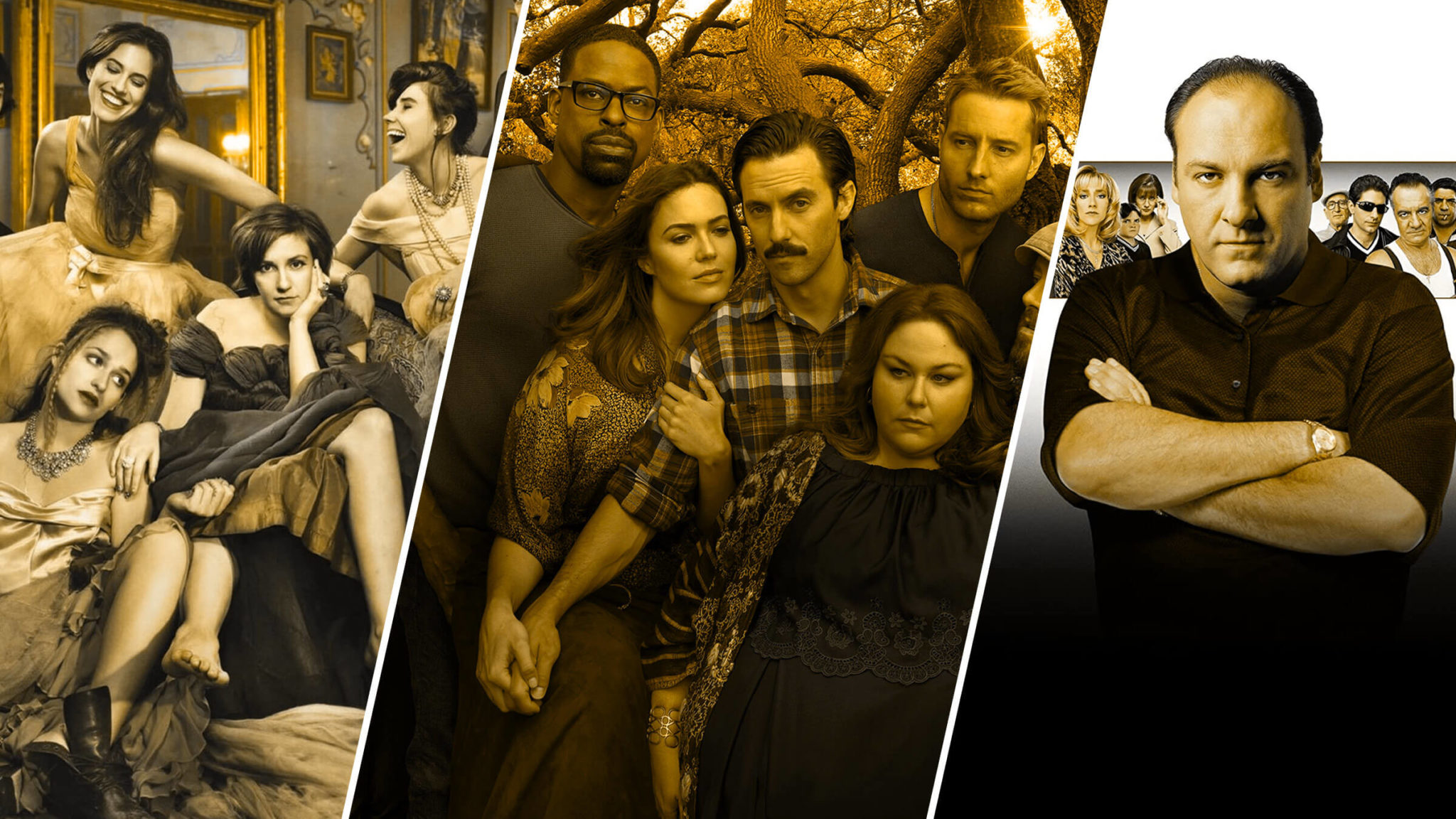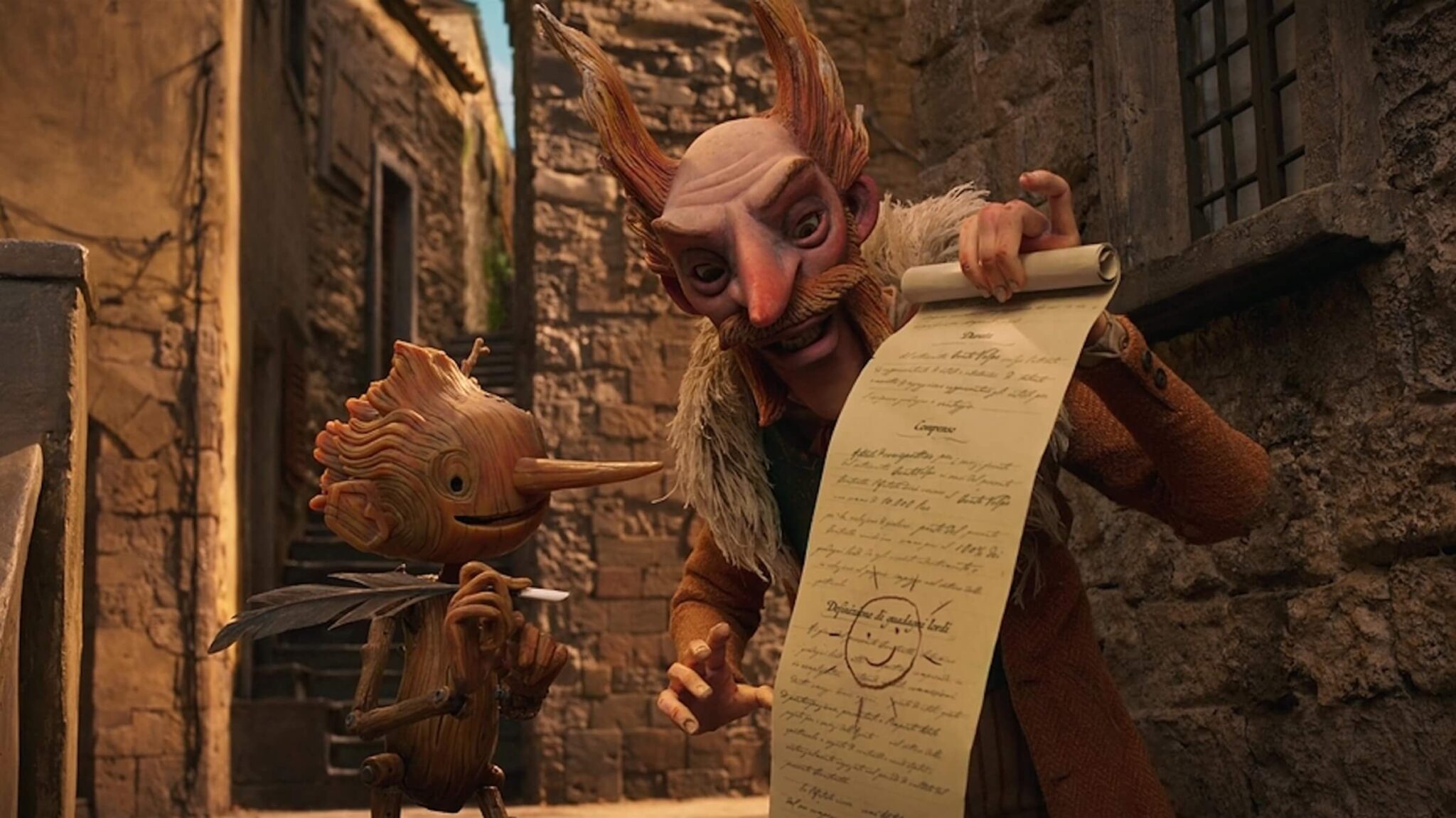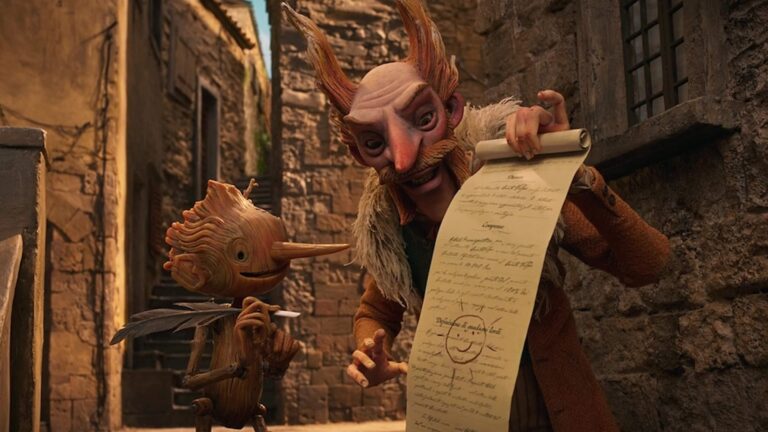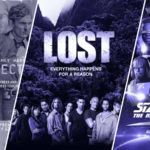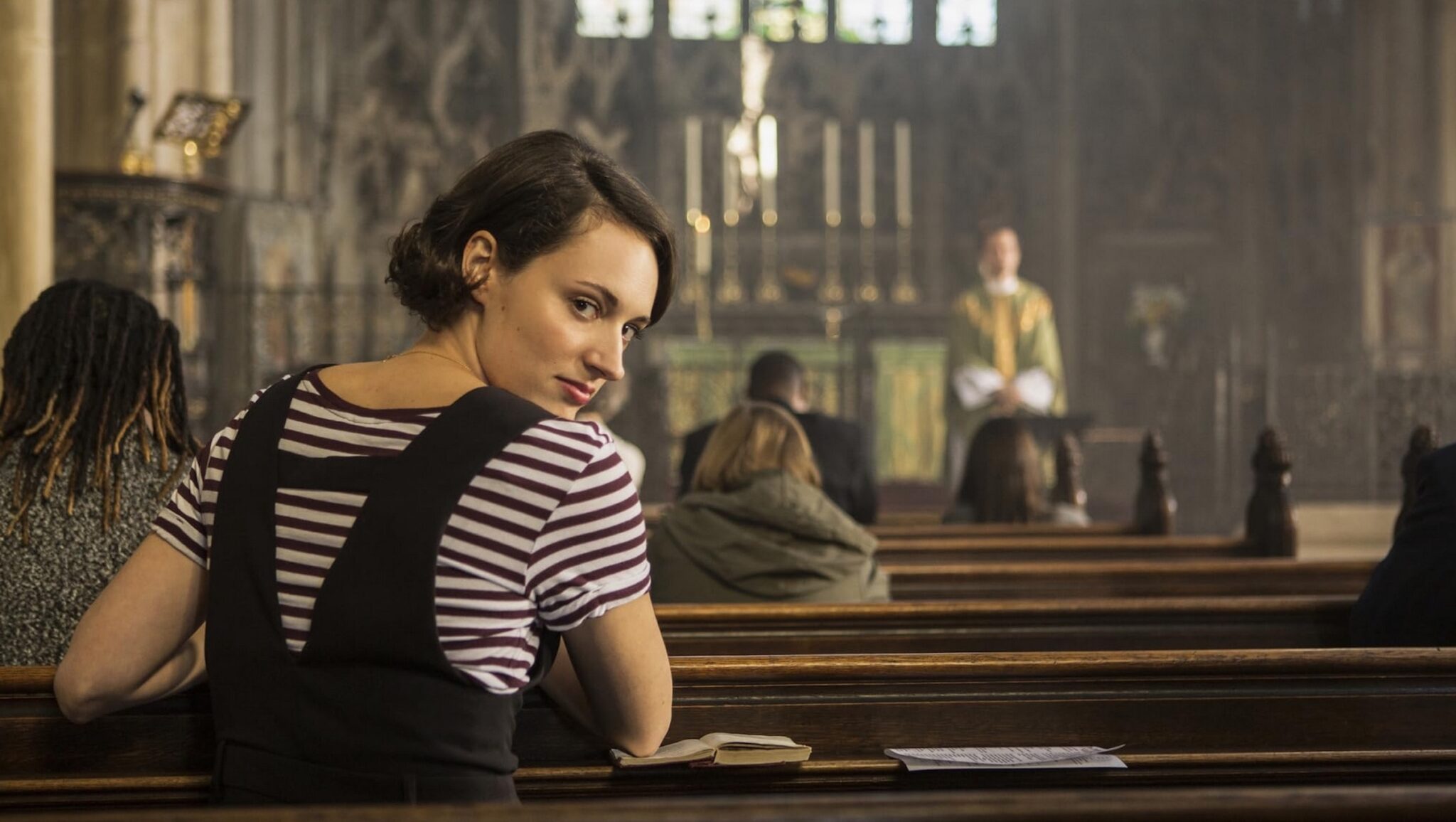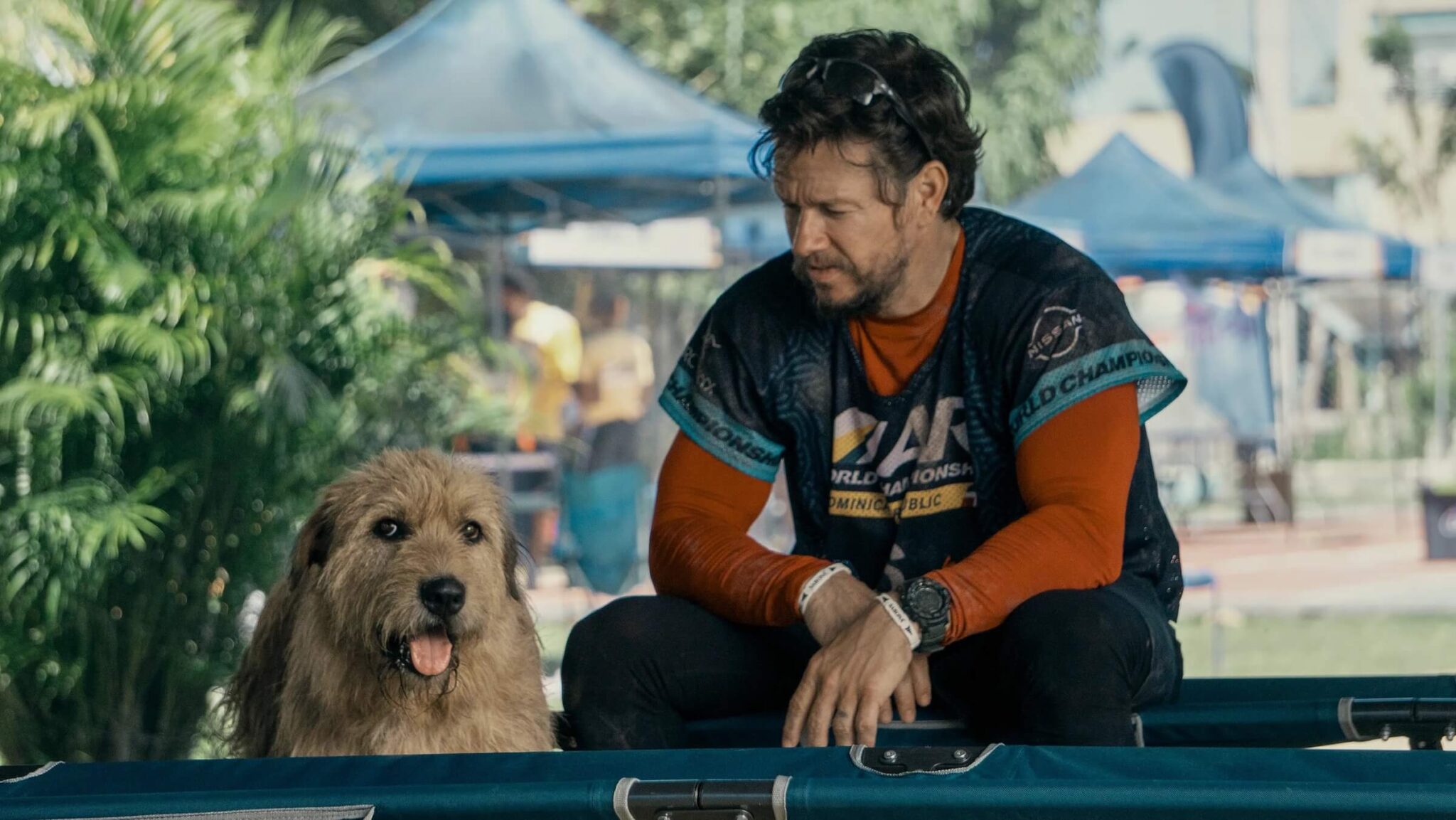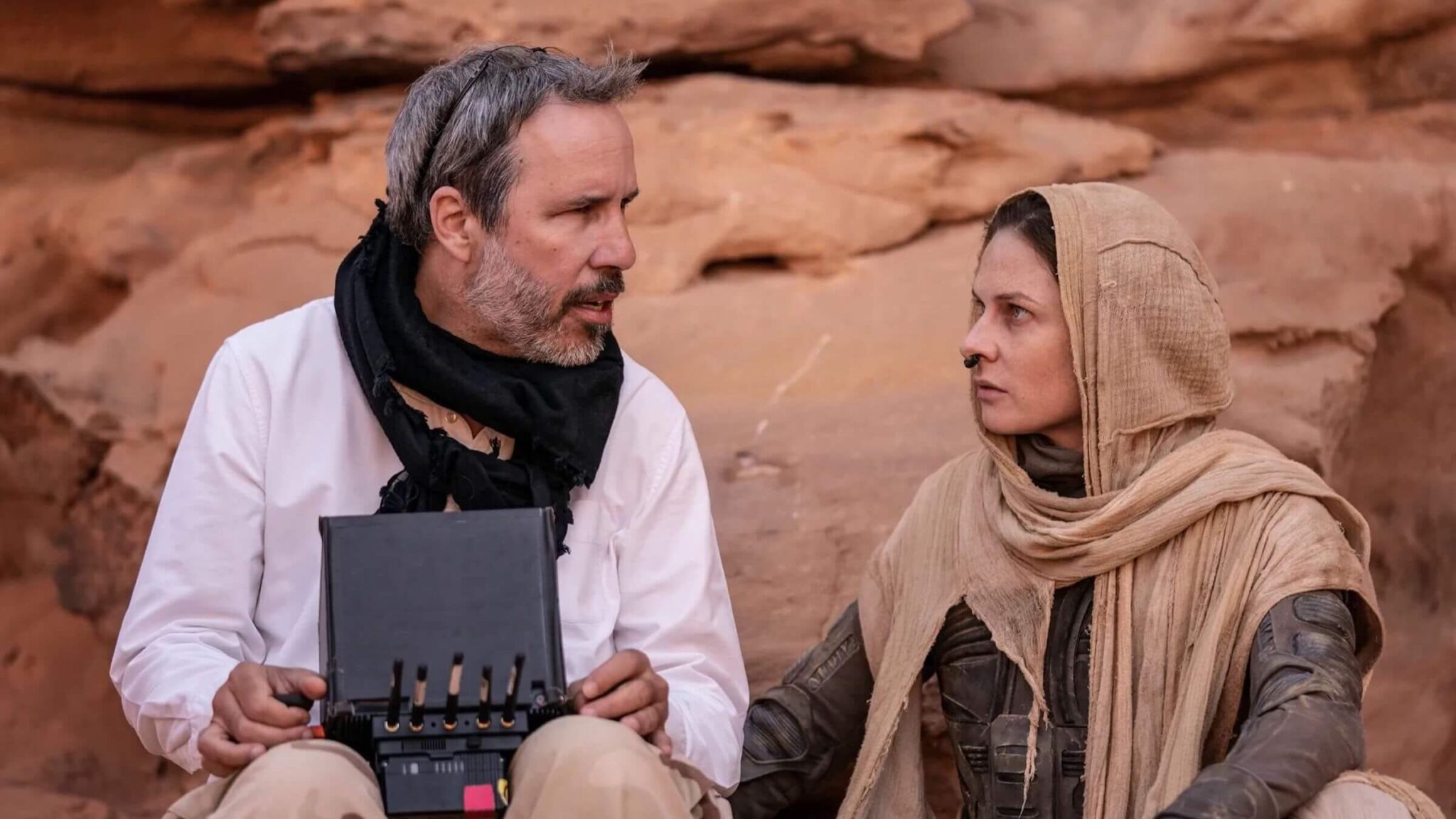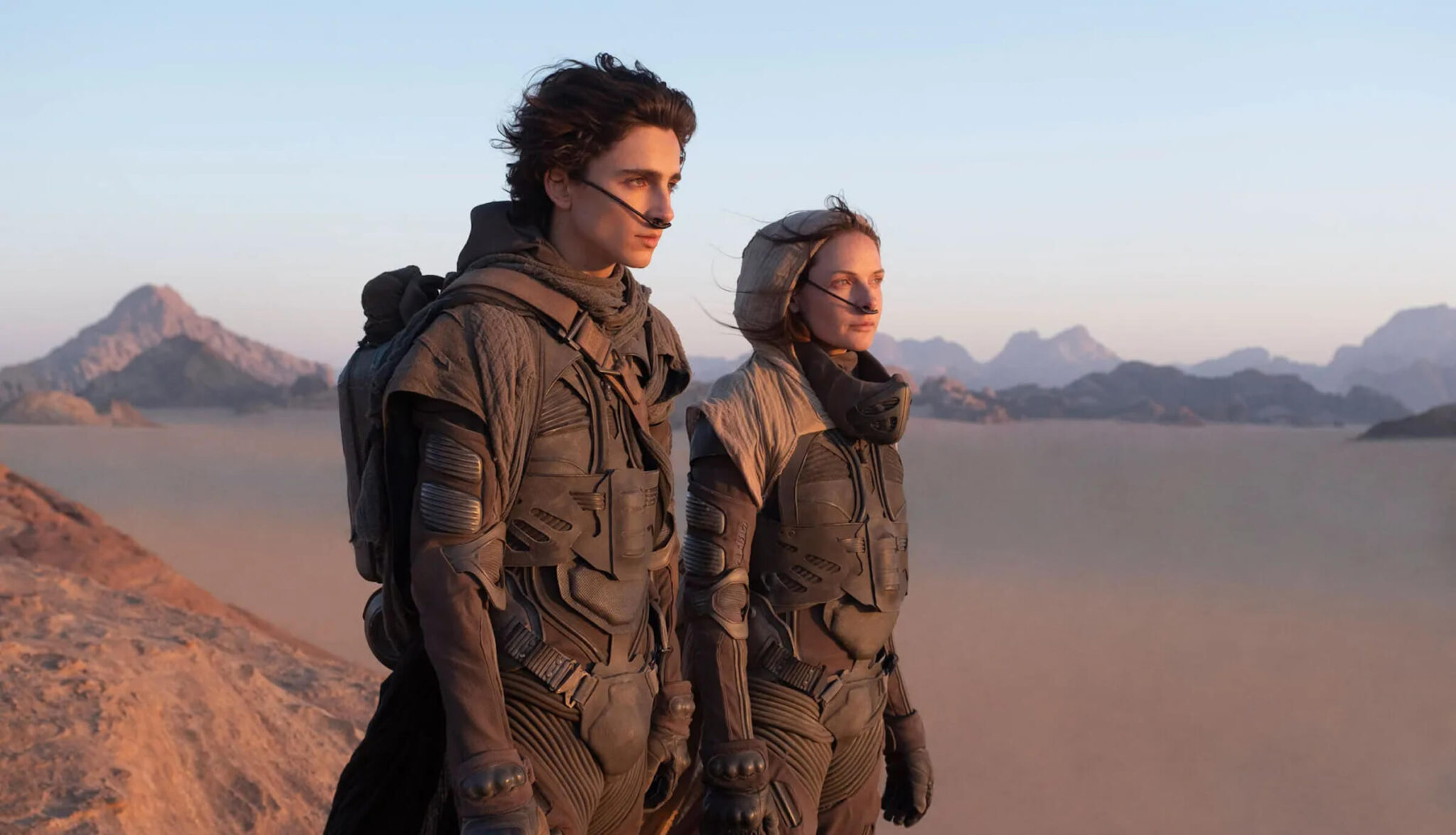The Hottest Public Domain Properties for Screenwriters

Hollywood has been obsessed with Intellectual Property (IP) for decades — but what are novice screenwriters supposed to do when the expectations of having attached IP are at an all-time high? Most screenwriters can't afford to buy the rights to the latest hit book or graphic novel — so they must turn to the Public Domain.
The concept of pre-established content recognition in the public eye offers studio executives, marketing executives, and corporate shareholders peace of mind. That obsession grew substantially after the one-two punch of the economy crisis and Writers Guild strike that both took place in 2007 and 2008. Multiple studio development deals that writers had for the development of original material were quickly dropped. Anything that was even a slight risk had to go. Studios have become even more risk averse as the ripple effect of those turbulent months is still felt a decade later.
Read More: The Screenwriting Do's and Don'ts of Intellectual Property
Most award-winning dramas these days are direct adaptations of best-selling novels. Most blockbuster studio tentpoles are direct adaptations of comics and graphic novels. Most new screenwriting deals that you read about in the trades have some form of IP attached to them.
Films based on original ideas and original spec screenplays are few and far between.
While the market is in search of original material, such screenplays are usually used as calling cards for studio assignments for other projects.
So it goes without saying that having at least one screenplay with some form of IP attached increases your odds of actually getting it purchased and made. Whether it's a character that everyone will know or based on a book whose author's name most people will recognize, these types of scripts are necessary additions to have present in your deck of screenplays as you try to break through those Hollywood doors.
But unless you have hundreds of thousands of dollars to spare for the cinematic adaptation rights to current best-sellers and pop culture hits, you're stuck in the mud.
Enter the Public Domain.
The Public Domain Explained
The Public Domain refers to properties that are available for anyone to utilize, thanks to copyright expiration, copyright loss due to loopholes and mistakes, death of the copyright owner, or failure for the copyright owner to file for the rights or extension to those rights.
According to Stanford University Libraries:
Copyright has expired for all works published in the United States before 1923. In other words, if the work was published in the U.S. before January 1, 1923, you are free to use it in the U.S. without permission. As an example, the graphic illustration of the man with mustache (below) was published sometime in the 19th century and is in the public domain, so no permission was required to include it within this book. These rules and dates apply regardless of whether the work was created by an individual author, a group of authors, or an employee (a work made for hire).
Because of legislation passed in 1998, no new works will fall into the public domain until 2019, when works published in 1923 will expire. In 2020, works published in 1924 will expire, and so on. For works published after 1977, if the work was written by a single author, the copyright will not expire until 70 years after the author’s death. If a work was written by several authors and published after 1977, it will not expire until 70 years after the last surviving author dies.
It's important to note that public domain characters and properties that screenwriters pursue have the danger of infringing on general trademarks from other interpretations of public domain content. While Norse mythology characters are obviously public domain, you can't emulate Disney/Marvel's Thor character trademarks from the comics and Marvel Cinematic Universe movies. You would have to tell your own, very unique and different version of the story and character. One that doesn't infringe on Disney/Marvel's trademarks that they've established.
So when it comes to the legalities of what you plan on doing with anything from the public domain, proceed with caution despite the general stipulation that the property is available.
Be sure to read ScreenCraft's 5 Things Screenwriters Should Know About Public Domain, written by an entertainment lawyer.
What to Look for in a Public Domain Character or Property
There's a cynical — but often true — saying in Hollywood, "Everything's been done before."
When you're looking at the public domain, you'll often see some rather familiar faces and stories. The point isn't to just write your version of those stories that have already been told in novels, TV shows, and movies. Instead, you want to look at those properties through a different lens and find unique ways to use those characters and their stories.
You could focus on telling a story through a supporting character's eyes. You could switch the genders of those iconic characters. You could pull the general story and characters out of the time period they were originally placed in and set them into present time or the future.
Whatever it takes to offer a unique approach that will raise the eyebrows of Hollywood — it's up to you to find it.
With that in mind, we feature the hottest properties in the current public domain that screenwriters can go to in search of writing a script that is attached to those two magical words that Hollywood loves so much — Intellectual Property.
Note: This post should not be used as legal advice. The subject of copyrights is complex. All writers should do their research to further explore the rights for each of these Public Domain properties before pursuing them.
1. Dracula and All Other Bram Stoker Characters
We've seen multiple iterations of the character and story, perhaps most notably with Universal's classic Dracula franchise, as well as Francis Ford Coppola's own Bram Stoker's Dracula.
Dracula is one of the most recognizable fictional names in literature and film. While many adaptations have been lackluster — and the overall vampire genre has been done ten times over — this is a property that screenwriters could go to in search of a fresh and new take on the characters found within Stoker's book.
2. Frankenstein's Monster
The original Mary Shelly novel was first filmed in 1910, but it was the 1931 Universal film, Frankenstein, that has been most remembered. Kenneth Branagh had a go at it with Mary Shelly's Frankenstein in 1994 with Robert De Niro in the title role as well. Since then, we've seen multiple attempts to capitalize on the intellectual property, including the ill-fated box office bomb I, Frankenstein — which itself was based on a graphic novel adaptation of the public domain property.
Just as is the case with Dracula, if you're going to attempt to write another Frankenstein movie, there has to be a unique angle that you can take.
3. The Phantom of the Opera
Made famous by Andrew Lloyd Webber's classic musical — which is under copyright, mind you — this 1910 novel written by French author Gaston Leroux offers screenwriters an enthralling character base to utilize. Forget any of the adaptations, especially those based on Webber's musical, and go directly to the book to find a way to adapt it in "original" fashion.
4. Dr. Jekyll and Mr. Hyde
The 1886 novel written by Robert Louis Stevenson, inspired many television and film adaptations, and created a common genre trope of a man with two conflicting personalities. The story has inspired such films as The Nutty Professor and its box-office hit remake of the 1990s with Eddie Murphy.
While the story has become somewhat cliche, a direct adaptation or screenplay inspired by the original story could offer screenwriters a great platform and character base to work from.
5. King Arthur
This character and those within the legend, myth, and proposed historical connections, have been in literature, rhyme, and song since the 9th century or before. We've seen Hollywood go to this well many times, including 1981's Excalibur and of course Monty Python's The Holy Grail.
Hollywood recently tried to resurrect this IP with the 2017 box-office bomb King Arthur: Legend of the Sword. Other projects are currently in development as well, so this is a property that should be pursued with caution. But if you can find an original take on the legend of King Arthur, have at it.
6. Robin Hood
After King Arthur, Robin Hood is the most famous character from the British Isles. Characters like Little John, Will Scarlet, Friar Tuck, Maid Marian, and The Sheriff of Nottingham are ripe for adaptation — perhaps in their own spin-off stories. Robin Hood himself has been portrayed by the likes of Kevin Costner, Russell Crowe, Sean Connery, Cary Elwes, and Errol Flyn.
So it's clearly been done. However, there's always room to expand (or condense) the story to your own storytelling will.
7. Captain Nemo
The Jules Verne classic Twenty Thousand Leagues Under the Sea was written in 1869 and was brought to the big screen most famously by Disney in 1954. It even became a staple Disneyland and Disney World ride for decades until it was finally retired.
The book tells the story of a ship sent to investigate a wave of mysterious sinkings that encounters the advanced submarine, the Nautilus, commanded by Captain Nemo.
A new cinematic telling of the story has been in development for years, but studios have yet to showcase another version of this story with equal or more significance to the 1954 classic.
8. Sherlock Holmes
Based on the mystery novels of Sir Arthur Conan Doyle, the character has become one of the most iconic figures in literature, film, and television. He has been featured in multiple studio films and television shows in recent years — both Robert Downey Jr. and Benedict Cumberbatch have played him on the big screen and on television.
There are certain iterations and characters from the series that are still under copyright, but the core character of Holmes himself is still readily available for writers to deconstruct and reconstruct under their own creative renditions.
9. The Wizard of Oz
The original novel was written by L. Frank Baum in 1900, followed by many sequels from him and others. All of its associated characters are available to adapt, but only from material found in the first 16 books of the series (published in 1922 or before).
This is another property that has been widely utilized on all storytelling platforms. A recent television series was canceled. The Sci-Fi Channel offered its own original take just a few years ago. We've since seen feature films and even a hit Broadway musical adapted from it. But the original 1939 film remains to be the adaptation that is most revered.
Writers need to be careful to focus solely on the material found in the books. Any reference to characters and visuals from the classic film and any other adaptation since would be liable for copyright and trademark infringement.
10. Tarzan
Another hot property based on the Edgar Rice Burroughs novels. Disney made a hit movie out of the character and before that we saw multiple film and television versions. 2016 gave us The Legend of Tarzan, which was a modest success.
While the character has his constraints, story-wise, perhaps you could put Tarzan in another era — or another planet for that matter.
But beware, the Edgar Rice Burroughs estate will not hesitate to heavily litigate the use of this character, specifically through trademark infringement laws. While many of the novels are in the public domain, the estate wants to protect its various licensing agreements. Writers should proceed with caution.
11. The Island of Dr. Moreau
The Island of Doctor Moreau is an 1896 novel by H. G. Wells, telling the story of a man being rescued and brought to an island, only to discover that its inhabitants are experimental animals being turned into strange-looking humans, all of it the work of a visionary doctor.
The book has been adapted at least three notable times for the big screen in 1932, 1974, and 1996.
Once again, in order to keep any possible adaptation fresh, screenwriters need to view the original text of the novel and find ways to tell a more contemporary version of it.
12. Robinson Crusoe
The 1719 original story was written by Daniel Defoe. It is a classic novel about the title character's various adventures — most of which is remembered as the character being shipwrecked on a deserted island off the Caribbean coast of South America.
As most classic stories, it has been adapted for television and film, but is possibly ready for a new iteration.
There have been a couple sequels to the original novel, including The Further Adventures of Robinson Crusoe, Serious Reflections of Robinson Crusoe, and others.
A clever writer could conjure an update to the story.
13. Fu Manchu
The first three Fu Manchu books — written by British author Sax Rohmer — were published prior to 1922 and are thus part of the public domain in the United States. Anything after that is strictly off limits, including the usage of characters like his daughter Fah Lo Suee. She was mentioned in a later book.
The character has been portrayed in over forty films by the likes of H. Agar Lyons, Warner Oland, Boris Karloff, Christopher Lee, and Peter Sellers — but never by an Asian man. He has also been portrayed in earlier television and radio shows.
Fu Manchu is not just a villain. He's a super-villain. So some creative writing choices would need to be made in order to feature this character.
14. Alice in Wonderland and Through the Looking-Glass, and What Alice Found There
Disney gave us two recent features based on these novels, written by Lewis Carroll, years after they created an animated classic in 1951. We've also seen the stories adapted into television series.
Despite the recent activity on the property, a unique retelling of the story — or part of the story — could be a launching pad for a great adventure, psychological thriller, or horror script.
15. Peter Pan
The copyright is available in the United States. However, there is an exception for the United Kingdom, which has a (limited) perpetual copyright, owned by the Great Ormond Street Hospital. This was gifted to them by Barrie himself in his will and confirmed by an Act of Parliament.
Peter Pan has been utilized in many variations — with Disney's animated Peter Pan being the most iconic out of all of them. Because of this, it's best to avoid any and all visual similarities and character portrayals found within the animated feature that aren't evident in the actual original stage play and book written by James M. Barrie.
That said, there is plenty of opportunity to adapt the material to your own original versions of the stories. Hollywood has tried its best to exhaust the property — most recently with the box-office disappointment of the live action origin story Pan.
Read ScreenCraft's Exclusive One-On-One with “Pan” Screenwriter Jason Fuchs!
16. Pinocchio
Hollywood may be hesitant to adapt this property, especially given the fact that at least two studio projects are currently in some form of development. The Adventures of Pinocchio was first published in 1883.
The story was made even more famous in the United States, thanks to Disney's animated classic from 1940 — although that feature only retained a handful of characters and basic plot elements from the original novel.
17. The Arabian Nights
This collection of fairy tales touches on Middle Eastern, Indian, North African, Chinese and Greek culture. If you've read or watched stories about genies, evil overlords, and flying carpets, they all stem from these fairy tales. And they are obviously all adaptable by any writer.
Whether you want to write direct adaptations or take a more original route and place new contemporary or classic characters — treasure hunters, adventurers, etc. — into those stories, The Arabian Nights remains to be one of the most untapped collections of stories in Western countries beyond Disney's Aladdin animated feature.
18. Western Culture Fairy Tales
Whether it's The Brothers Grimm or Hans Christian Andersen writings, Western fairy tales have been the go-to properties for literature, television, and film for over a hundred years.
The Brothers Grimm's Cinderella, Hansel and Gretel, Little Red Riding Hood, Sleeping Beauty, and Snow White and the Seven Dwarfs are staple stories — many of which Disney has and will continue to go to.
Andersen's The Little Mermaid and The Emperor's New Groove caught Disney's eye as well.
Fairy tales in television and film had a rebirth of sorts after the spec screenplay Snow White and the Huntsman was sold for seven figures in 2010. After that, a plethora of TV series and movies based on or around fairy tales were all the rage. That trend has since subsided in the last couple of years, but it's likely ready for a revival if writers can find new ways to tell those stories.
19. The Secret Garden
The beloved children's novel was written by Frances Hodgson Burnett and published in 1911. Since then, it has been adapted multiple times for television and film. The book tells the story of a young, privileged girl living in India that is left orphaned when her parents die. She is sent back to England where she goes to live on her uncle's estate, forced to find things to keep herself occupied. She discovers a sickly young boy and a secret garden.
While the story has been adapted many times, with the right new and fresh angle, a screenwriter could certainly adapt the intellectual property to their advantage. Perhaps it's a sequel story — a creative continuation.
With a book like this that is considered classic literature and read by millions of children and their parents, the opportunities to bring this story to the big screen again — in different but familiar fashion — is intriguing.
20. Allan Quatermain
This character is the hero of H. Rider Haggard's 1885 novel King Solomon's Mines and its sequels. The whole series spans 50 years of Quatermain's life, from the ages of 18 to 68. At the beginning of the original novel King Solomon's Mines, he has just turned 55, so the novels clearly jump back and forth in time. His one true skill is his marksmanship, where he has no equal.
The novels are full of action, adventure, and are often considered the first of the Lost World genre. The character was also a template for Indiana Jones.
If there was ever a single character most ripe for the cinematic picking, Quatermain would be him. While he has been adapted for television and film — played by the likes of Richard Chamberlain, John Colicos, Sean Connery, Cedric Hardwicke, Patrick Swayze, and Stewart Granger — it's been well over a decade since the character has been notably deployed.
These twenty picks are just from the literary properties found within the public domain. And there are many, many more beyond what we've listed.
Films and television characters are also available — most of Charlie Chaplin's films (including his iconic Tramp character) are in the public domain. Night of the Living Dead was never technically under U.S. copyright, due to an editing-room mistake that removed the film's copyright label along with its original Night of the Flesh-Eaters title. Because of this, flesh-eating zombies became a genre in later years that is wide open for the taking. Even the characters of that original film could be used for a contemporary installment.
Other properties that aren't applicable to copyright — thus readily available for you to "adapt" — including those found in various religious bibles and doctrines, Norse mythology, Greek mythology, and Chinese mythology to name a few.
William Shakespeare's stories and characters are also all available to adapt, twist, and turn to your liking, allowing you to name drop them as your intellectual property.
Historical figures like Billy the Kid, Jesse James, Wyatt Earp, Buffalo Bill, Pat Garret, and an endless barrage of more were featured in the dime novels of the Wild West. All of which are open for your own creative interpretation.
Not every script that you write has to incorporate intellectual property. We all know that Hollywood is in need of original stories and screenwriters can help Hollywood in that respect by doing their best to conjure them. But when it comes down to reality, having a script or two based on intellectual property that you have the right to use, increases your chances of getting your original interpretation of that property noticed — and maybe purchased and produced.
When we interviewed Jason Fuchs, the writer behind Pan, he told the story of being in a studio meeting for another screenplay. They asked him, "If you could write anything next, what would it be?” He quickly mentioned Peter Pan. He had no script written, just an idea that he had floating around in his head for years. He had pitched it to other studios to no avail. When he pitched it to this executive, she quickly said, “Oh, we’ll do that.”
Fuchs stated, "A script that I pitched at the beginning of summer 2013, was suddenly beginning principal photography in the last week of April, 2014."
And this happened largely in part because the material was based on one of the most renowned and recognizable intellectual properties — Peter Pan.
So continue to write your original ideas, but consider taking some time to explore some of those properties in the public domain. Perhaps you can create a hybrid of originality mixed in with a story and character that audiences — and those in Hollywood — are already familiar with.
Ken Miyamoto has worked in the film industry for nearly two decades, most notably as a studio liaison for Sony Studios and then as a script reader and story analyst for Sony Pictures.
He has many studio meetings under his belt as a produced screenwriter, meeting with the likes of Sony, Dreamworks, Universal, Disney, Warner Brothers, as well as many production and management companies. He has had a previous development deal with Lionsgate, as well as multiple writing assignments, including the produced miniseries Blackout, starring Anne Heche, Sean Patrick Flanery, Billy Zane, James Brolin, Haylie Duff, Brian Bloom, Eric La Salle, and Bruce Boxleitner. Follow Ken on Twitter @KenMovies
For all the latest ScreenCraft news and updates, follow us on Twitter and Facebook!
Tags
Get Our Screenwriting Newsletter!
Get weekly writing inspiration delivered to your inbox - including industry news, popular articles, and more!








